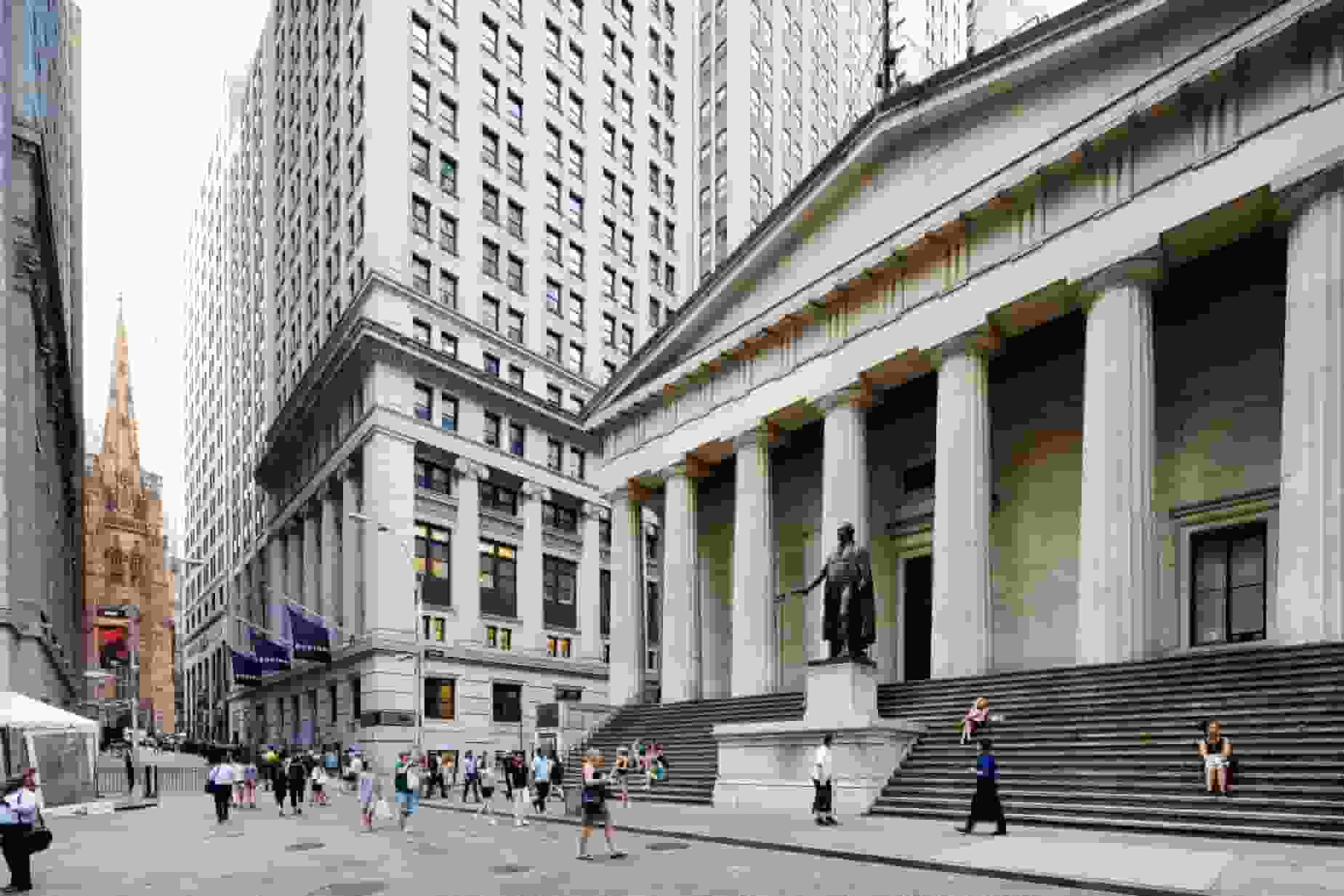Wall Street Financial District experienced a downward trend on Tuesday, with concerns about the banking sector and the global economy casting a shadow over financial markets around the world. This decline comes after a period of robust growth in the stock market, raising questions about the sustainability of the rally.

The decline in Wall Street Financial District was also influenced by mixed earnings reports from prominent U.S. companies. (Photo: Platinum Properties NYC)
Wall Street Financial District’s Downward Spiral
According to a published article, the S&P 500, a key indicator of the overall market sentiment, saw a decline of 0.4%, falling by 19.06 points to close at 4,499.38. At its lowest point during the trading session, the index of the Wall Street Financial District was down by almost triple that amount. This marked the fifth loss in the past six days for the S&P 500, which had previously shown impressive growth in the first seven months of the year.
Similarly, the Dow Jones Industrial Average experienced a decrease of 0.4%, shedding 158.64 points to close at 35,314.49. The Nasdaq composite also felt the impact, losing 0.8% and closing at 13,884.32.
In the United States, bank stocks faced a decline in response to Moody’s decision to lower the credit ratings of 10 smaller and midsized banks. Moody’s cited several factors contributing to this decision, including concerns about the effects of higher interest rates and the ongoing trend of remote work, which has led to vacant office buildings.
Internationally, stocks took a hit as well. China’s troubled economy saw a significant decline in exports, the largest since the onset of the pandemic in 2020.
In Europe, bank stocks dropped after Italy’s Cabinet approved a proposal to tax a portion of banks’ profits for the current year. The decline in Wall Street Financial District was also influenced by mixed earnings reports from prominent U.S. companies.
READ ALSO: 7,000 Student Loan Borrowers Can Get $3.5 Million Refund From A Debt Relief Company; Check It Here!
Wall Street Financial District Bond Market Movement
Investors turned to safer investments as Wall Street Financial District Treasury yields fell in the bond market. This shift marked a departure from the recent upward trajectory of yields, which had been pressuring the stock market.
The Federal Reserve’s decision to raise its main interest rate, the highest in over two decades, aimed to combat inflation but carried the risk of slowing down the economy and possibly causing a recession.
Moody’s credit rating downgrades highlighted the adverse effects of rapidly rising interest rates on banks’ profitability. The conditions also impacted the value of investments made by banks during periods of low rates. Concerns were raised about banks heavily investing in commercial real estate loans, as remote work trends persist.
Experts from Moody’s expressed the likelihood of a mild recession in the U.S. in early 2024, alongside declining asset quality. This perspective influenced market sentiment, causing several banks’ stocks to fall, including M&T Bank and Northern Trust. Bank of America also experienced a decline.
As the week progresses, attention will be on upcoming data releases related to consumer and wholesale inflation. In the bond market, the 10-year Treasury yield dropped to 4.02%, influencing rates for mortgages and other loans. The two-year Treasury yield, more closely linked to the Federal Reserve’s expectations, also experienced a slight decrease to 4.75%.
In Asia, stock markets in Hong Kong and Shanghai saw declines of 1.8% and 0.3% respectively, following disappointing Chinese export data. Despite early expectations that China would drive global economic recovery after pandemic restrictions were lifted, the recent stumble in its economy has raised concerns about its growth trajectory.
READ ALSO: Local Yellow Employees Say the Company Targeted Older Workers in Contract Talks




![Tyson Foods Plant [Photo: Food Manufacturing]](https://southarkansassun.com/wp-content/uploads/2023/08/iStock_1185520857__1_.5e441daa51cca-600x337.jpg)







![Silverado Senior Living Management Inc. [Photo: Los Angeles Times]](https://southarkansassun.com/wp-content/uploads/2023/10/download-6-4-600x337.jpg)

![China's Wuhan Institute of Virology [Photo: Nature]](https://southarkansassun.com/wp-content/uploads/2023/09/d41586-021-01529-3_19239608-600x337.jpg)
















